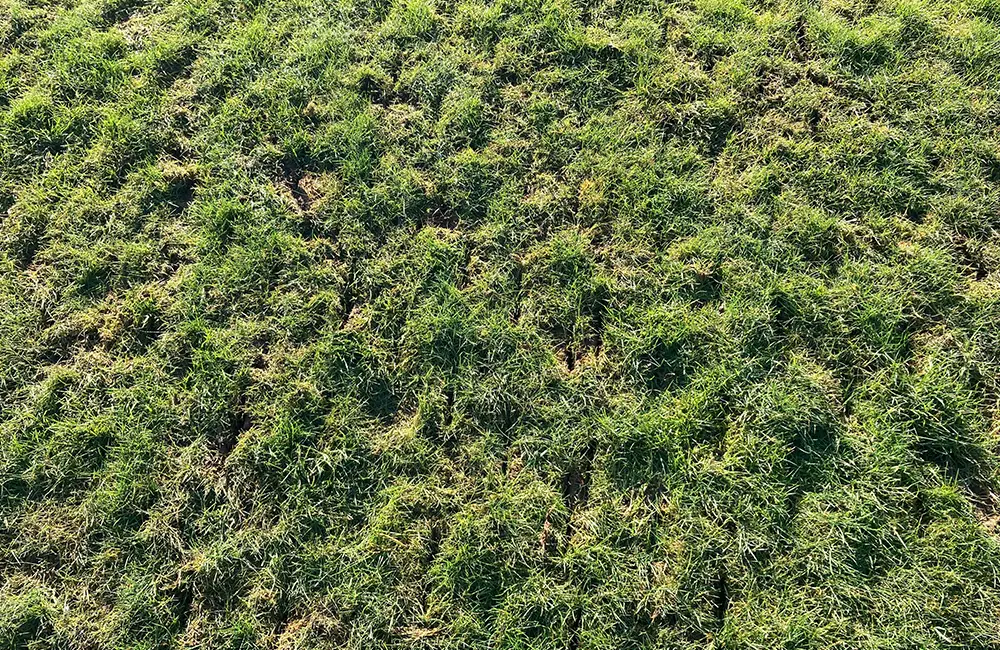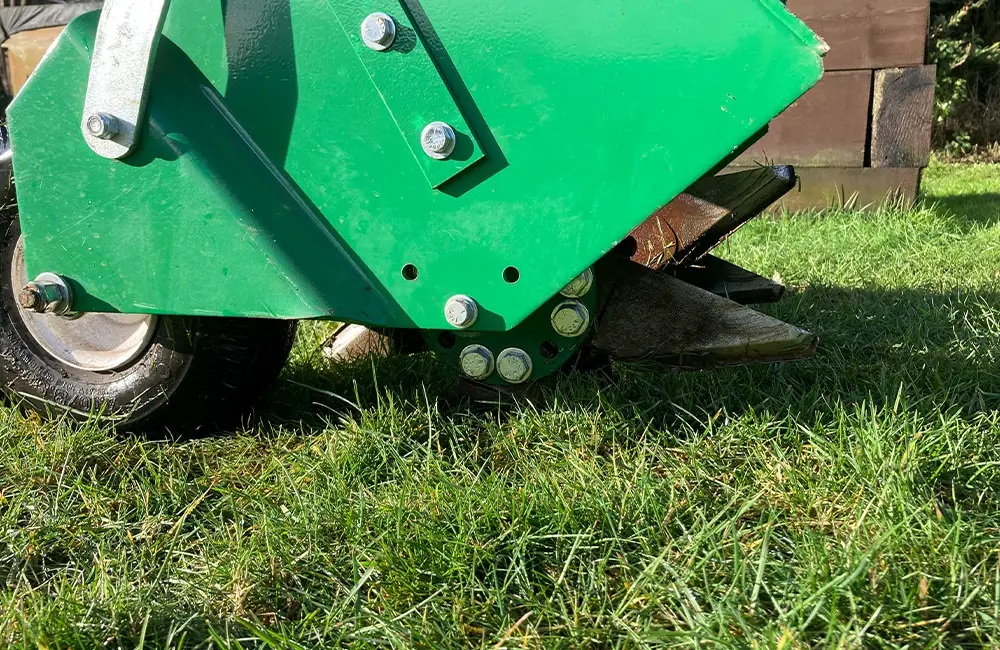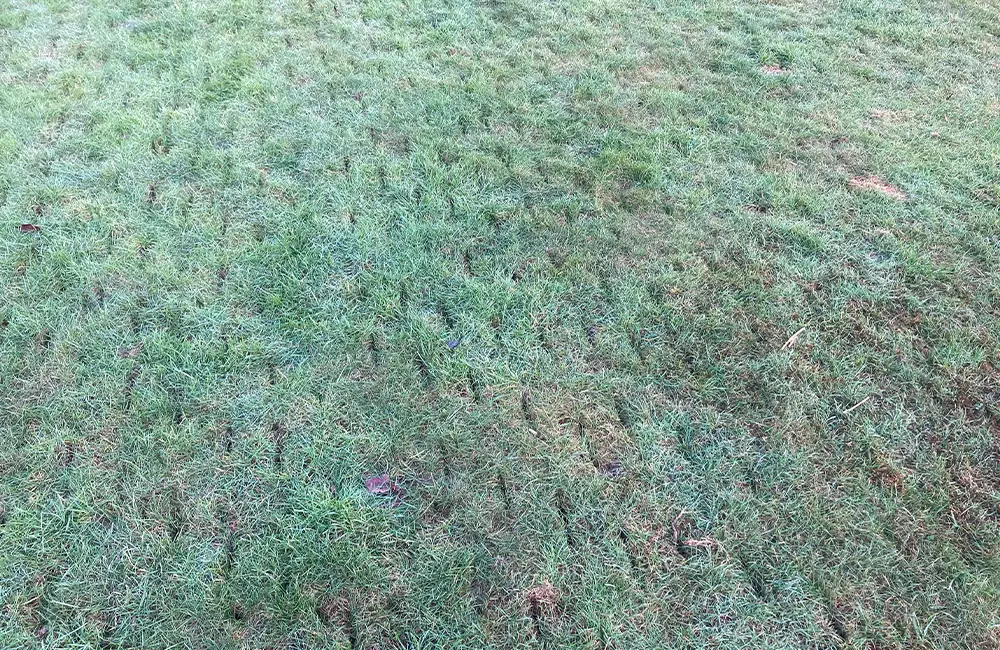- Hertfordshire, Bedfordshire and South Cambs
Aeration involves creating small holes in the soil, allowing air, water, and nutrients to penetrate the grass roots.
Soil compaction occurs over time due to foot traffic, heavy machinery, or natural settling. Compacted soil restricts root growth and nutrient absorption.
By aerating, you alleviate this compaction, promoting deeper root development.


Air circulation within the soil is essential for the health of grass roots.
Aeration facilitates the exchange of gases—roots absorb oxygen and release carbon dioxide.
Proper oxygen levels enhance microbial activity, aiding in the breakdown of thatch (dead grass and organic matter).
Accumulated thatch (brown material beneath green grass blades) can hinder grass growth.
Aeration breaks through thatch, allowing it to decompose naturally.
Reduced thatch improves water and nutrient flow to the roots.


Aerated soil absorbs water more effectively.
During dry spells, well-aerated lawns retain moisture, preventing grass from turning brown.
Proper hydration supports lush, green growth.
Send us a message or give us a call to learn more about our services or to request a free quotation.
Help us to grow our business my letting us know how we did.


